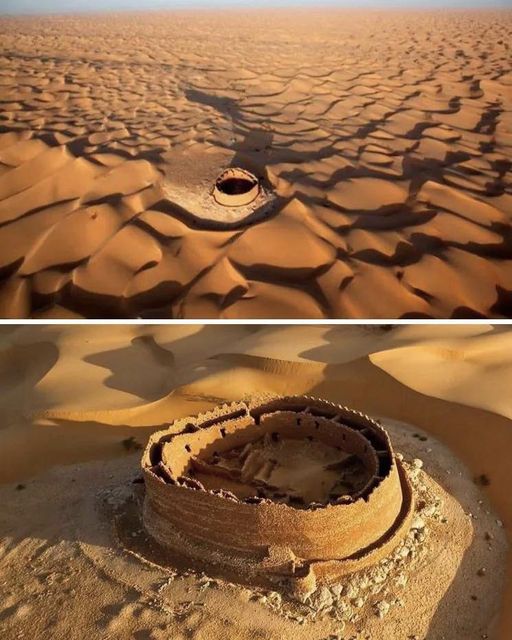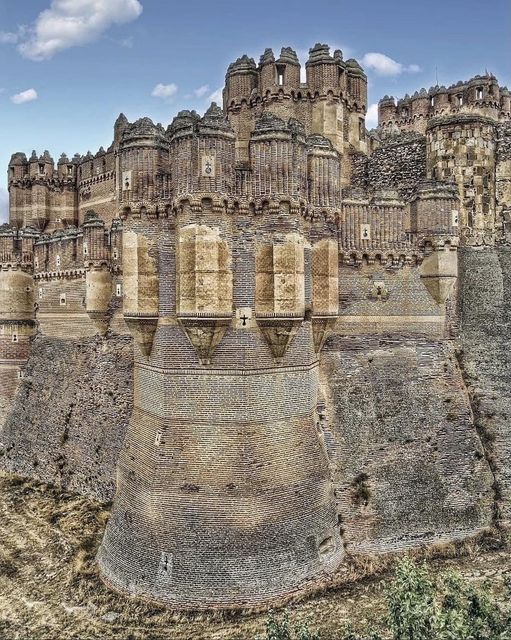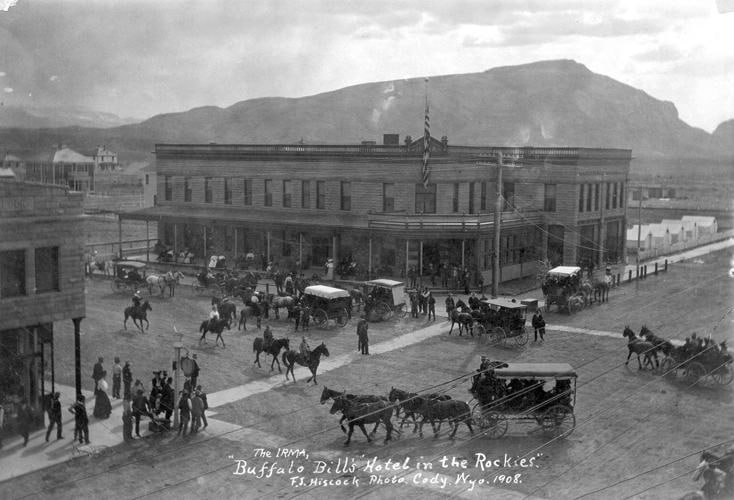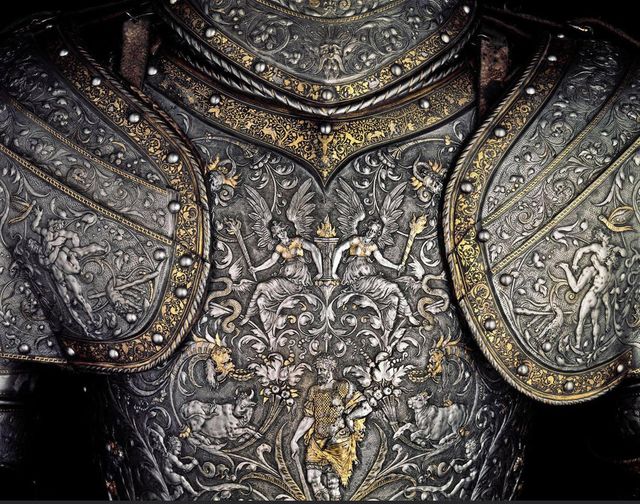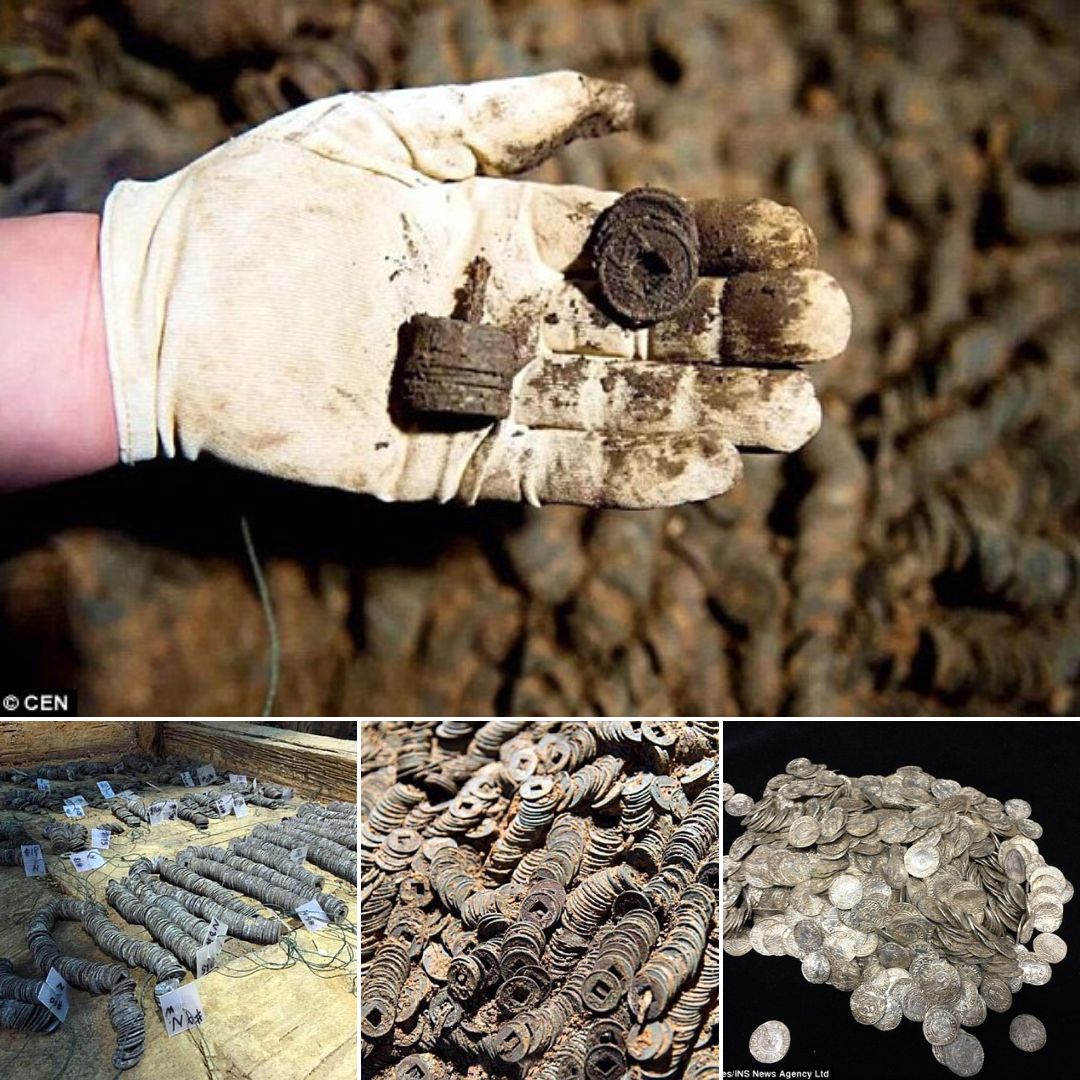Standing tall and proud against the scorching sun, the Saguaro cactus (Carnegiea gigantea) is the quintessential icon of the arid desert landscapes of the American Southwest. With its distinctive silhouette, towering arms, and stoic presence, the Saguaro cactus has earned its place as a symbol of resilience and beauty in the harshest of environments. In this blog post, we delve into the fascinating world of the Saguaro cactus, exploring its unique characteristics, cultural significance, and vital role in desert ecosystems.
1. The Saguaro's Majestic Silhouette:

The Saguaro cactus is instantly recognizable for its impressive size and iconic appearance. These towering giants can reach heights of up to 40 feet (12 meters) or more. Its stout, columnar trunk and upward-reaching arms create a majestic silhouette against the vast desert sky. These arms, which are actually lateral branches, can number from a few to over a dozen, giving each Saguaro its unique character.
2. The Gift of Patience:

One of the most remarkable features of the Saguaro cactus is its incredible longevity and slow growth. Saguaro cacti can take up to 75 years to develop a single arm and often don't start producing their first flowers until they are at least 35 years old. Their long lifespan, which can extend to well over a century, serves as a testament to the value of patience and adaptation in the unforgiving desert environment.
3. A Vital Oasis for Desert Wildlife:

The Saguaro cactus is far more than just a desert icon; it plays a vital role in the survival of many desert creatures. Its nectar-rich, waxy, white blossoms provide food for a variety of pollinators, including bees, bats, and birds. These flowers eventually transform into bright red fruit, a source of nourishment for numerous animals, including desert-dwelling birds and mammals. Additionally, the Saguaro's arms offer shelter for nesting birds like Gila woodpeckers and kestrels.
4. Cultural Significance:

For the indigenous Tohono O'odham people, the Saguaro cactus holds great cultural importance. These communities have a deep and sacred relationship with the Saguaro, as it provides them with food, water, and materials for traditional uses. The annual Saguaro fruit harvest, known as "saguaro fruit harvesting season," is a significant event in their calendar, symbolizing the shared connection between people and the desert.
5. Threats and Conservation:

Despite their resilience, Saguaro cacti face several threats, including habitat destruction, climate change, and illegal poaching. Climate change has brought about more unpredictable weather patterns and increased instances of severe droughts, which can negatively impact these iconic cacti. Conservation efforts are crucial to protecting these desert giants. Organizations, land management agencies, and communities work to safeguard Saguaro cacti by promoting sustainable practices and raising awareness about their significance.
Conclusion: The Majestic Saguaro's Vital Role:

The Saguaro cactus is more than just a plant; it is a symbol of endurance, resilience, and the interconnectedness of life in the desert. Its majestic silhouette, slow growth, role as a desert oasis, and cultural significance make it a true desert icon. To ensure the survival of these giants and the countless species that depend on them, it is essential that we recognize the importance of conservation efforts and sustainable practices. Through our collective efforts, we can help protect and preserve the Saguaro cactus, allowing it to continue thriving as a symbol of the American Southwest's awe-inspiring desert landscapes.






